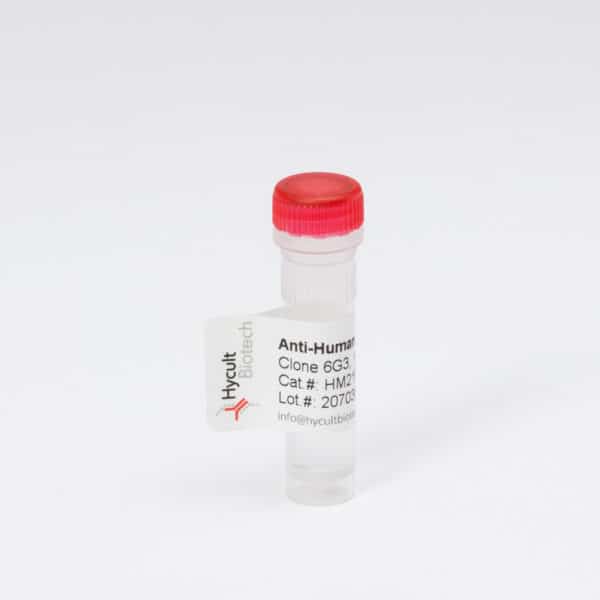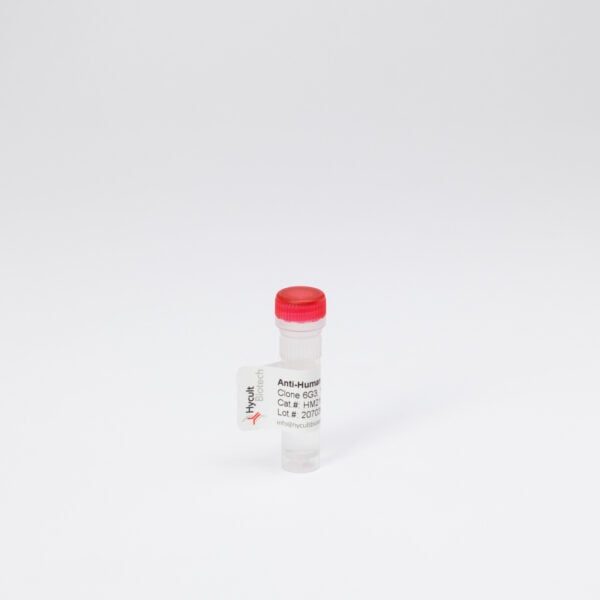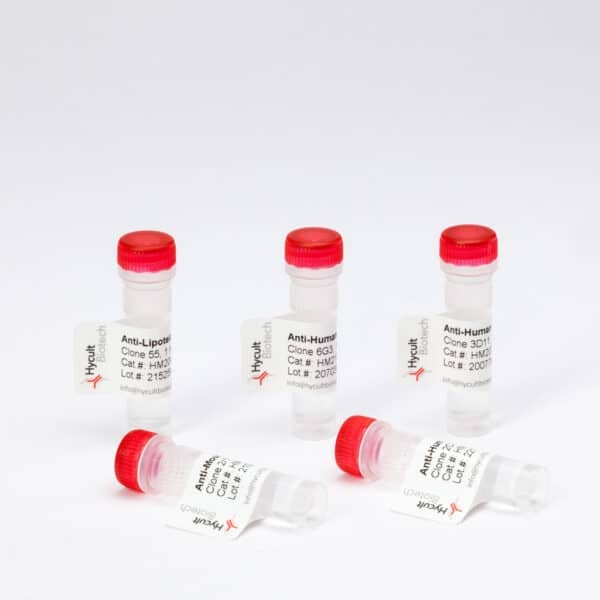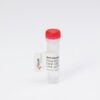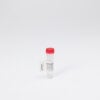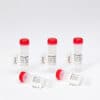TLR1, Human, mAb GD2.F4, FITC
€125.00 – €364.00
The monoclonal antibody GD2.F4 reacts with human TLR1. Toll-like receptors (TLR) are highly conserved throughout evolution and play an essential role in recognizing conserved motifs found in various pathogens and initiating an appropriate innate immune response. In human, ten members of the TLR family have been identified as type I transmembrane signaling receptors containing multiple copies of leucine rich repeats in the extracellular domain and an interleukin-1 (IL-1) receptor motif in the cytoplasmic domain. Mammalian responsiveness to microbial products may be mediated by combinations of TLRs, for example a co-operative effect is observed between TLR1 and TLR2- in response to bacterial lipoproteins. On the other hand, TLR 1 was shown to have the capacity to abrogate TLR4 signaling. In general, TLR1 is expressed at higher levels as compared to other TLRs. The highest expression of TLR1 is found in monocytes but it can also be expressed by macrophages, dendritic cells, B, T, and NK cells. In recent studies, several human TLR1 polymorphisms have been associated with impaired mycobacterial signaling and susceptibility to tuberculosis.
IHC-P: Tissue sections were pretreated with Target Retrieval solution, 1% Triton X-100 to improve membrane permeability and 0.03% hydrogen peroxide to quench endogenous peroxidases . Tissue sections were blocked with 2% FCS (Ref.6).
IHC-F:- Tissue sections were blocked with normal horse serum prior to staining (Ref.4).
FS: Antibody GD2.F4e was used to inhibit cytokine production of stimulated PBMCs (Ref.3).
Calculate your ELISA data easily
With the ELISA calculator you can easily calculate ELISA data. Assayfit Pro helps to perform curve fitting. The calculator generates advanced reports, fit graph, fit parameters and goodness of fit are shown.
We are glad to support you!
Take advantage of our dedicated support team for any technical assistance you need while using our products or considering them for your research needs.
